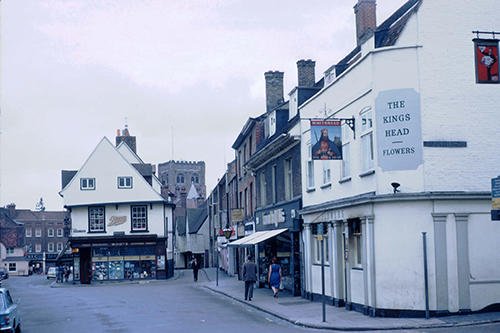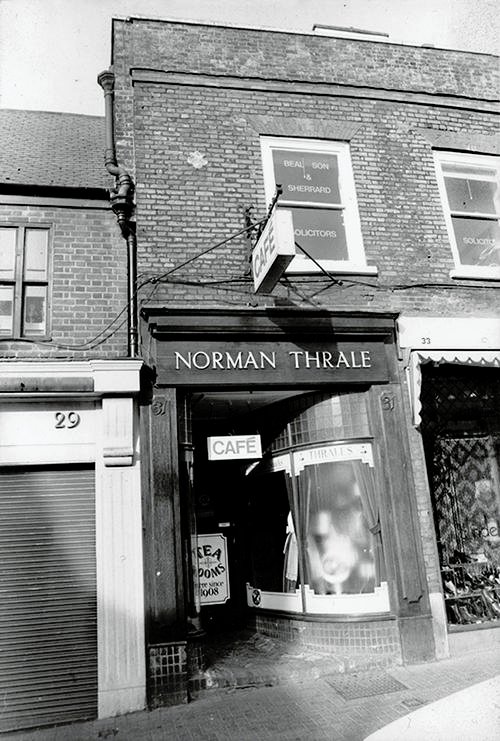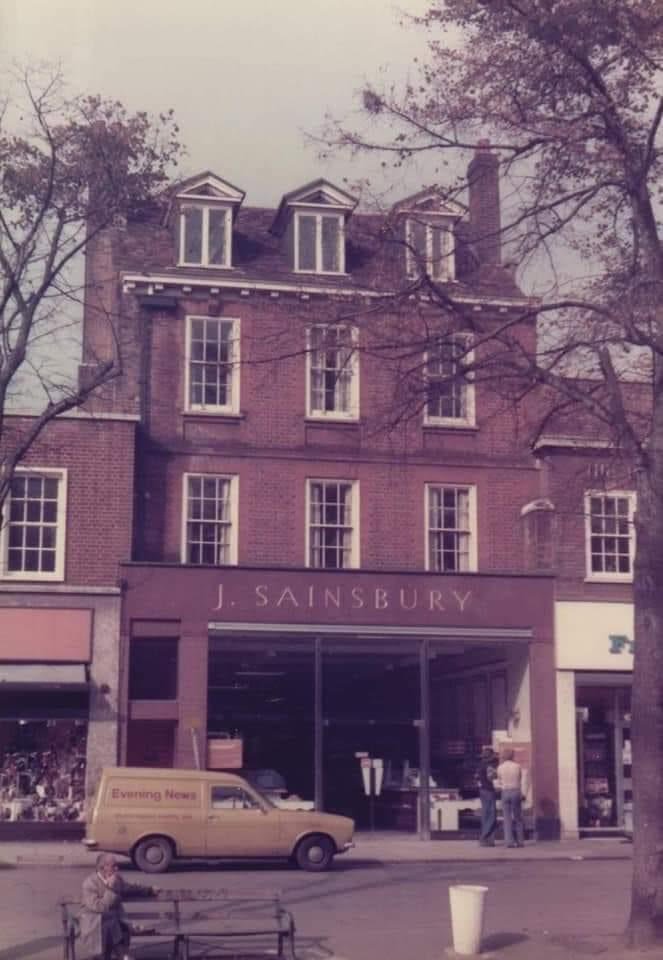16 Jul Hi Ho Silver Lining!
A hit for Jeff Beck in 1967. Yes, welcome to the sixties.
These arrived in a blaze of full, glorious technicolour and things began to change. Young men were finally free from conscription. Women’s long struggle for a strong political voice and equal pay started to bring results. More available jobs meant more money could be spent on leisure.
Modern technology meant fridges and cookers, and televisions became more widely available.
Girls were offered bright fashions designed to feel liberating and which would have been considered outrageous just a few years before. These could be bought in small boutiques offering an alternative to staid gentlemen’s and ladies’ outfitters and department stores.
Music was everywhere. Virtually every teenager had a transistor radio. Here in St Albans, The Zombies were blasting the roof off the Blacksmiths Arms.
We’re going to narrow the decade down to 1964. A year in which several significant events took place. Liverpool won the 1st Division Championship. Harold Wilson’s Labour Party won the General Election. The Sun newspaper and BBC2 were launched. Mods and Rockers clashed on Clacton beach. The Beatles had six No 1 hits and The Zombies reached No 2 with ‘She’s Not There’.
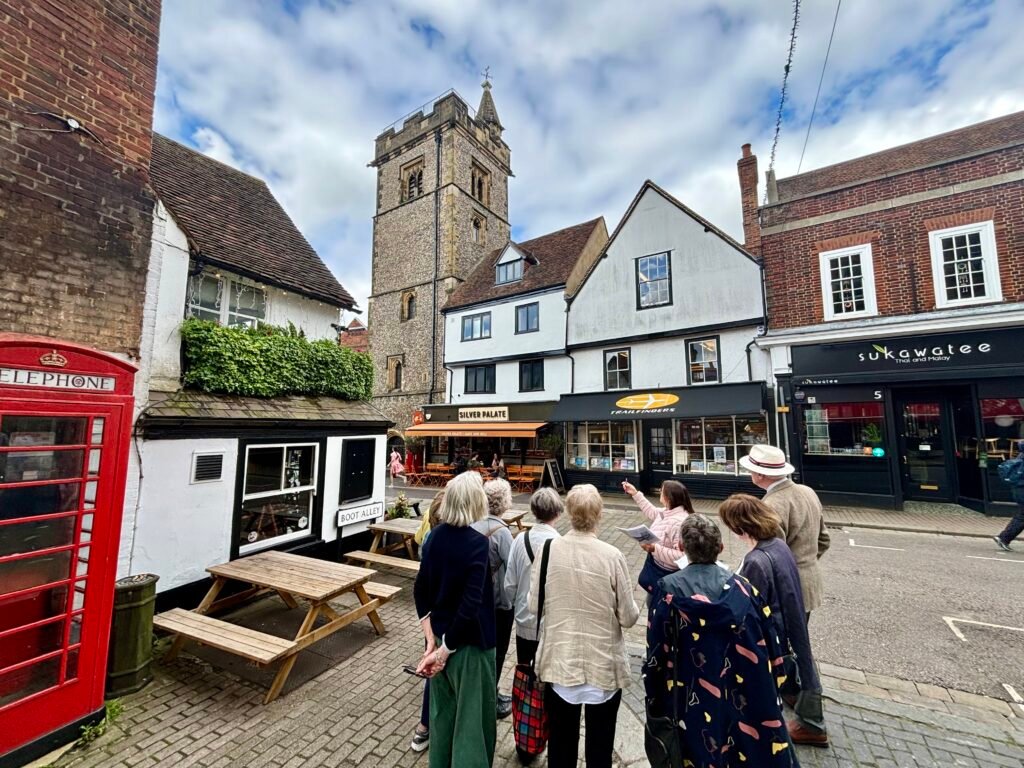
And the St Albans Tour Guides were created. OK, not earth shattering perhaps, but important to us, and very much part of a growing appreciation of St Albans’ long history and the need to preserve it.
A notice appeared in the personal column of the Herts Ad calling for volunteers to show visitors around the city during that summer’s St Albans Festival. The tours proved so popular that the Tour Guides became a permanent fixture in the city. And we’re still here.
So imagine exploring St Albans in the 1960s. Most of our tours today begin outside the Museum & Gallery. Back in the sixties, this was still the Town Hall and Courthouse. While there were serried ranks of cars parked in front, there were also plenty of trees lining the street.
If you didn’t drive, you could take a green bus on its way to the bus garage further north on Grange Street. It’s now housing. Walking from there to the Town Hall and Courthouse would bring you past the popular toy shop, Youngsters, opposite St Peter’s Church, although your kids may prefer Riders & Toys in Chequer Street.
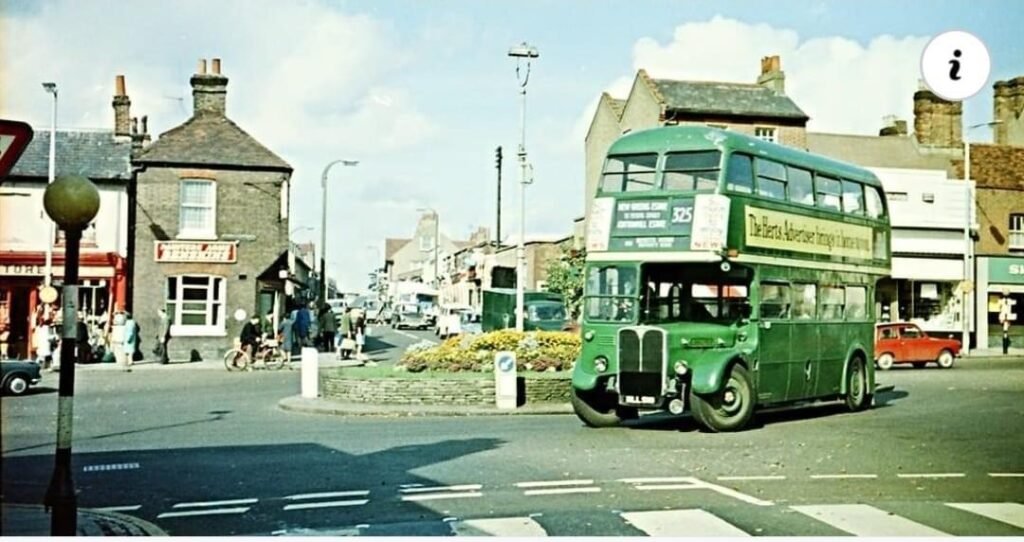
On past Sainsbury’s in the Percival Blow designed building which is now Costa Coffee. On past clothing shops, shoe shops and jewellers. You might have been able to hear the animals in the cattle market at the back of these shops, which inspired the name of Drovers Way, cut through during the 1970s.
At the Town Hall itself, the hard benches and appalling acoustics of the courtroom were still being endured by local magistrates, who were shortly to move to their new building in the Civic Centre taking shape in St Peter’s Street. They were followed a few years later by the Town Council, who moved to the new City Hall – now the Alban Arena.
This left the old Town Hall building looking for a new purpose. One suggestion was to demolish it to make way for a supermarket. Yes, welcome to the sixties. Thankfully, this never happened.
The Market Place was busy with traditional shops like Dewhurst the butcher, Liptons the grocer – before supermarkets took over. If you wanted to stop for a coffee, your choices were pretty limited, apart from Thrales – now the Little Marrakech restaurant. Thrales also ran the Waterend Barn, popular for afternoon teas and dinner dances.
If you were a teenager thinking of a wild night out at a nightclub, think again. No night clubs, but there were dance halls. As well as the Waterend Barn, there was the Victoria Dancehall on the corner of Upper Marlborough Road and Victoria Street.
Further down the Market Place, the 17th century timber framed building The Gables, now occupied by Anthropologie, had long been home to chemists. First Boots the Chemist, during the 1890s. Boots had planned to demolish The Gables and replace it. But they had underestimated the will of the locals who protested at the plans and won. Then Timothy Whites, the rival chemists, took it on before it became Boots again.
There was no Christopher Place shopping centre in the 1960s. Instead, shops lined the Market Place interspersed with a lot of pubs, including the King’s Head and the Wellington. The unused yards behind these pubs were destined to become the shopping centre in the 1980s.
By 1964, the fine medieval Christopher Inn building in French Row – now Simmons and L’Italiana – had survived brutal demolition plans.
This was thanks to the efforts of the borough engineer, Albert Moody. He persuaded the City Council not to demolish the dilapidated old building, but to restore it. Apparently it took 160 gallons of insecticide to deal with the woodworm and death-watch beetle.
Passing the Clock Tower, the High Street was at the centre of a scheme for a new inner ring road which would make radical changes to the historic city centre and require the demolition of many houses. Proposed by the County Council to cope with increasing traffic, it was defeated by a vociferous campaign, led by the new Civic Society.
High Street was home to Blundells department store. Not far away was another equally sedate department store called Greens. A bastion of tradition, the method of payment was to place your money and the receipts in a system of tubes which would whizz it to the accounts department. Your change would be sent back to you along the tube.
However, if you were a fashion-conscious teenager, you wouldn’t be seen dead buying your clothes in these stores. The place to shop was Chelsea Girl, near Woolworths on St Peter’s Street. Perhaps that’s another reason why Blundells didn’t survive and was replaced by Heritage Close.

At the top of George Street, you could check the menu at the Tudor Tavern steak house – amongst other dishes, prawn cocktail, rump steak and Black Forest gateau made for a real evening out. Washed down, of course, with a glass of Blue Nun.
On we stroll, past the Cathedral, down Abbey Mill Lane and past the Fighting Cocks – said to be the oldest pub in England. Entering Verulamium Park, on the hillside in the distance is a rather shabby building housing the famous Hypocaust Mosaic. New discoveries from the Roman town of Verulamium have created much excitement locally and nationally. In advance of roadworks to widen Bluehouse Hill, major excavations have unearthed opulent town houses, including rare painted wall plasters and spectacular mosaic floors.
Handily near the museum is Verulamium Zoo, set up by the naturalist, Graham Dangerfield.
Popular with children, although its collection of British wildlife – badgers, foxes etc – can’t quite compete with the more exotic wildlife on view up the road at Whipsnade.
Ready for a cup of tea? There aren’t many options apart from the pubs, but you could pop into quaint Sally Lunn’s in St Michael’s Street. Then back to the city centre via Fishpool Street, passing several more pubs as well as the Black Lion, said to be the last common lodging house in Britain – but soon to close. Many of Fishpool Street’s dilapidated houses are being restored.
Hard to imagine then quite how desirable these properties would become.
That was then. This is now, and St Albans City Guides are still leading residents and visitors through local history.
Who are the St Albans City Guides and what do we do? Well, to start with, we are all volunteers and every year all our surplus income is donated to local good causes. A year of training includes lectures on everything from local geology and the late Iron Age right up to modern times, plus plenty of practical training.
We are examined by the Institute of Tourist Guiding in both written and practical tests, including guiding technique and safety management. On passing the tests, we receive our Blue or Green Badges. We work closely with the local museums, the Clock Tower and Roman Theatre, providing our services there for free. We ensure that our walks and talks are kept at an affordable price and offer these on everything from Roman Verulamium up to the present day, as well as tours in Harpenden, Redbourn and Wheathampstead.
And the silver lining? Well, by making history come alive, we are helping to preserve it. Making it entertaining and accessible to all.
60 years and still going strong. Check out our website for information and to book. www.stalbanstourguides.co.uk
